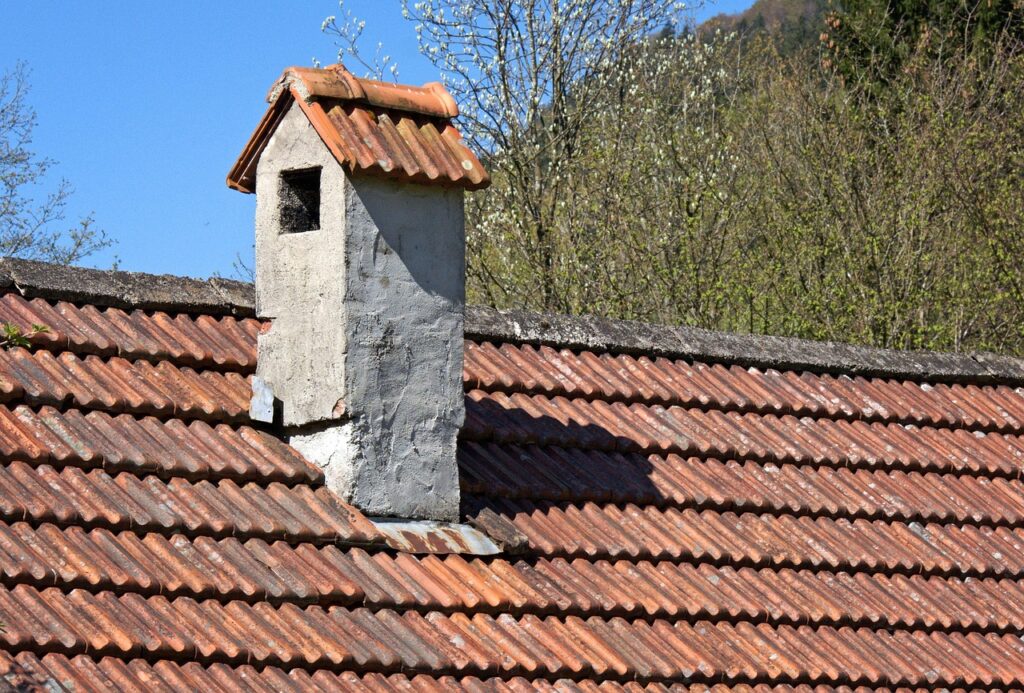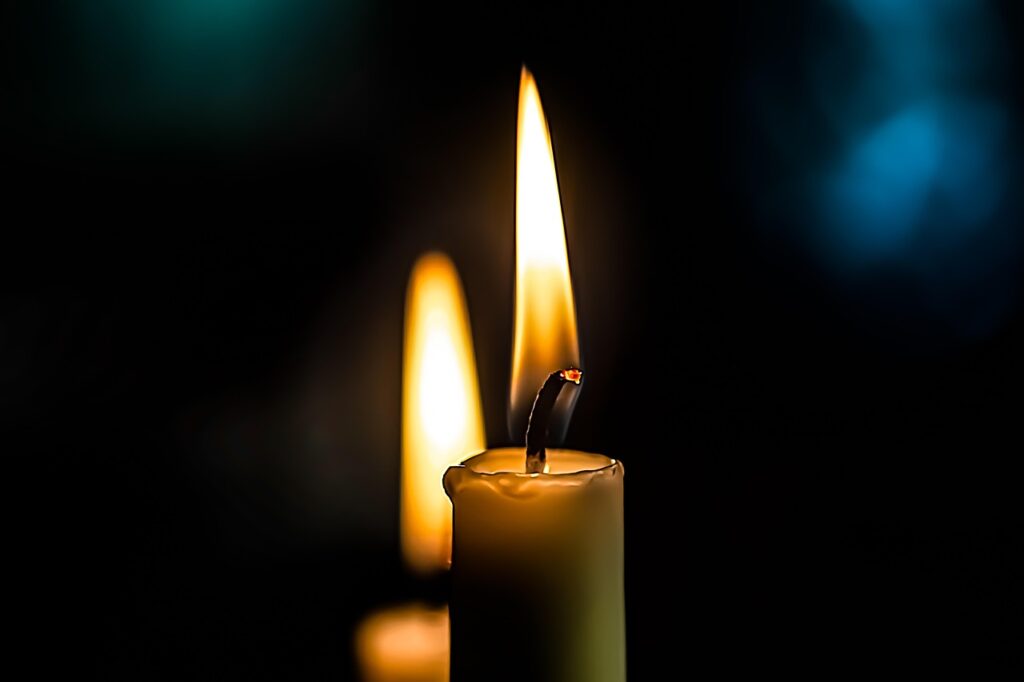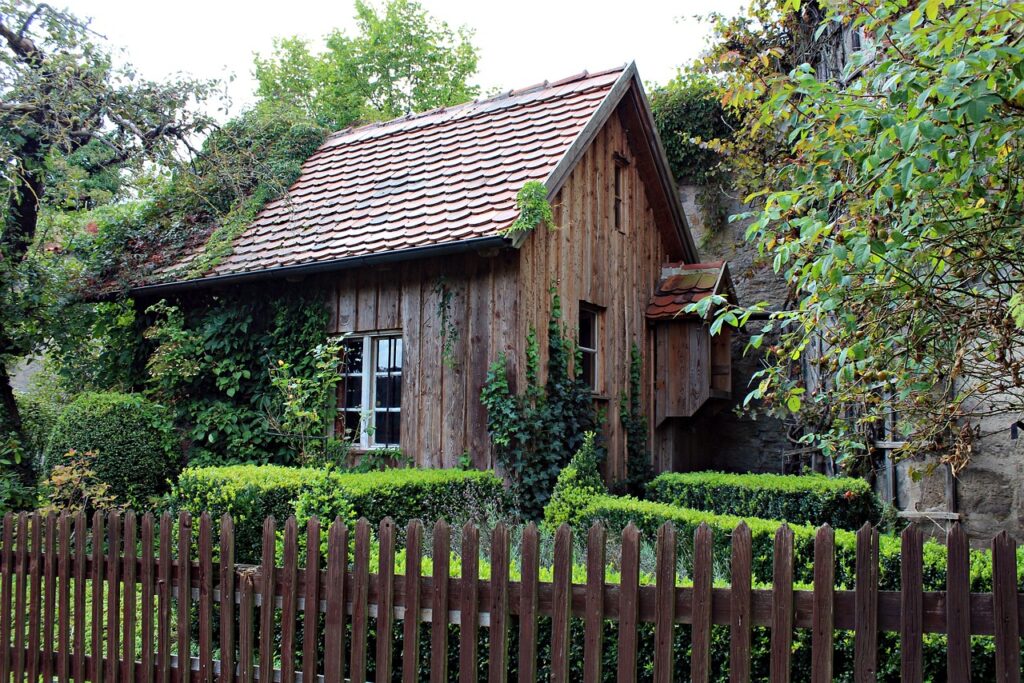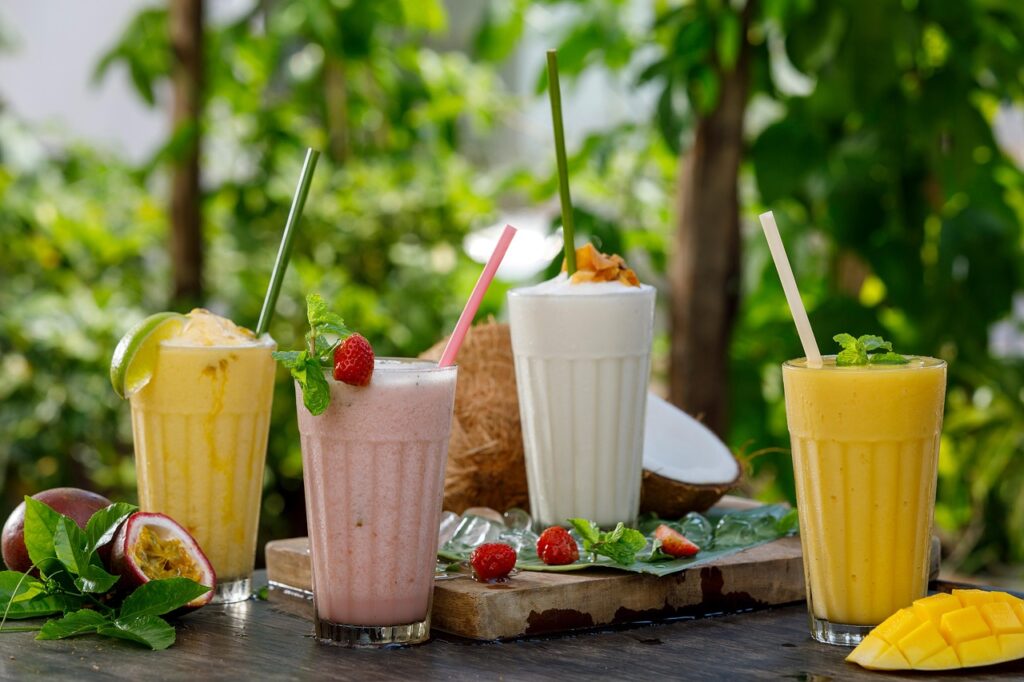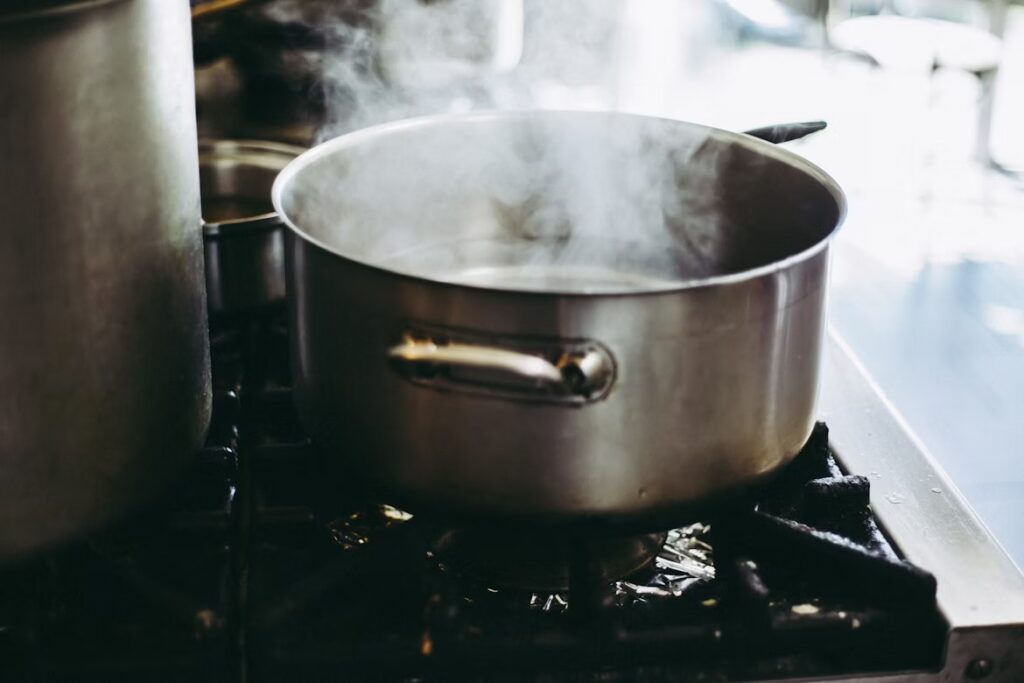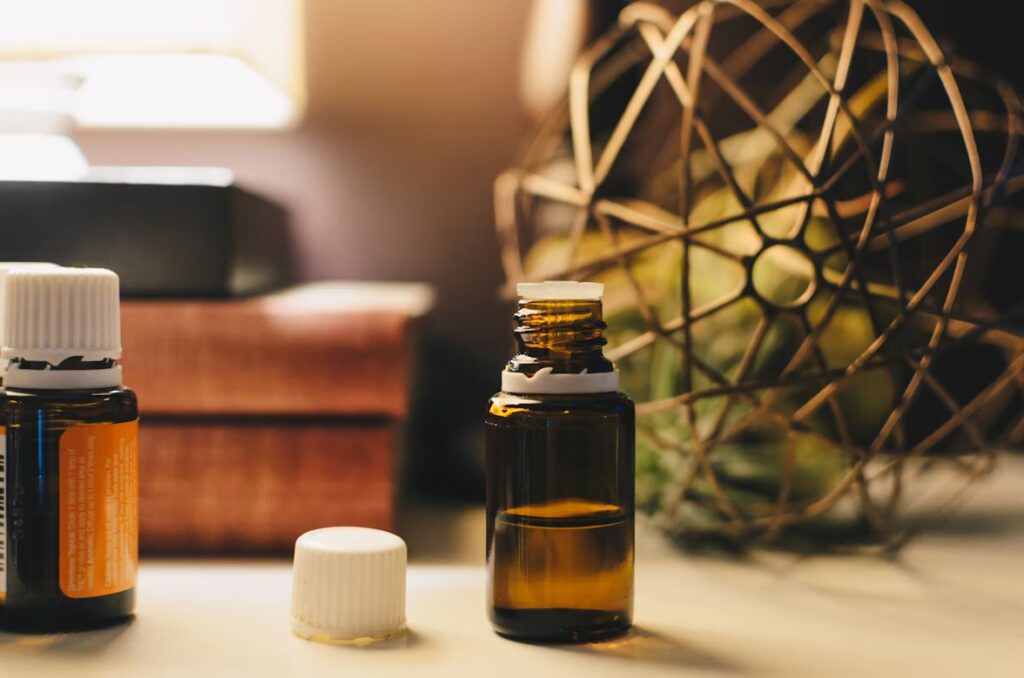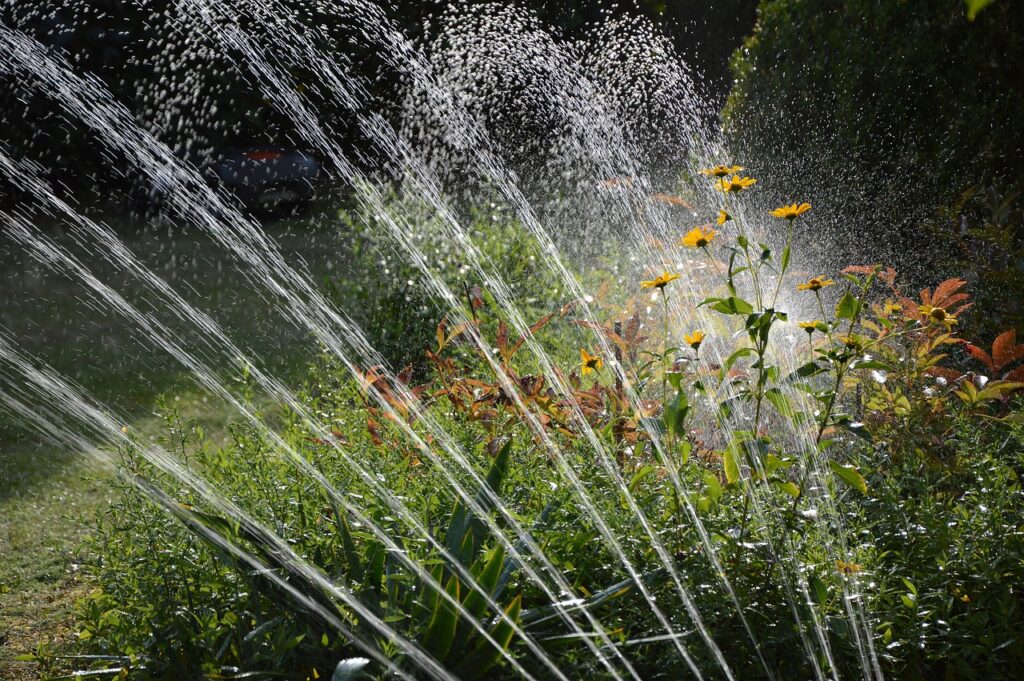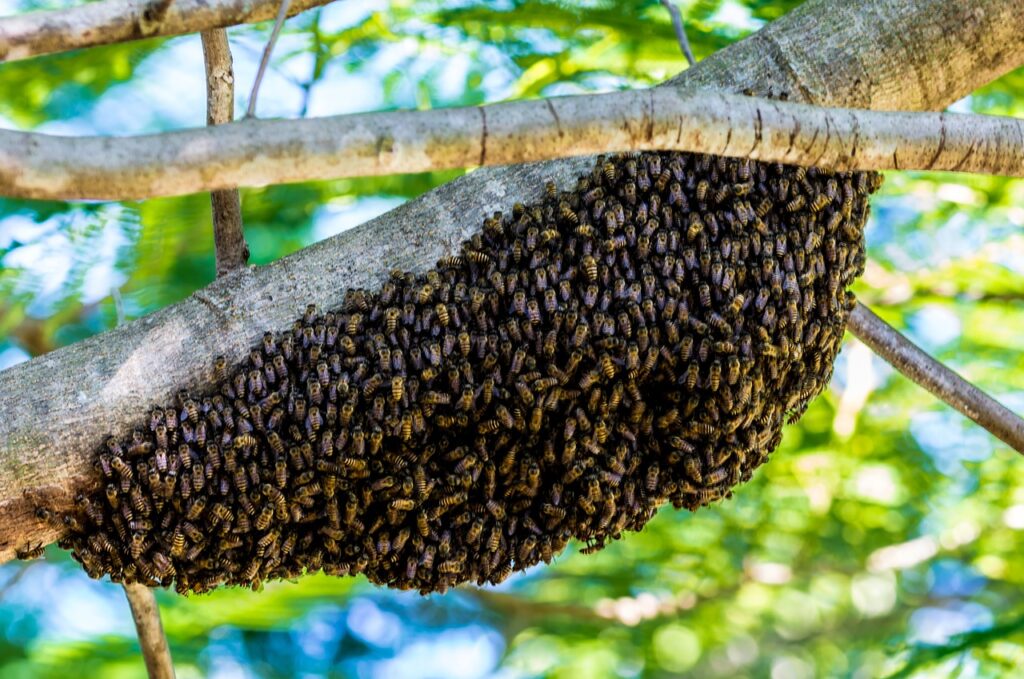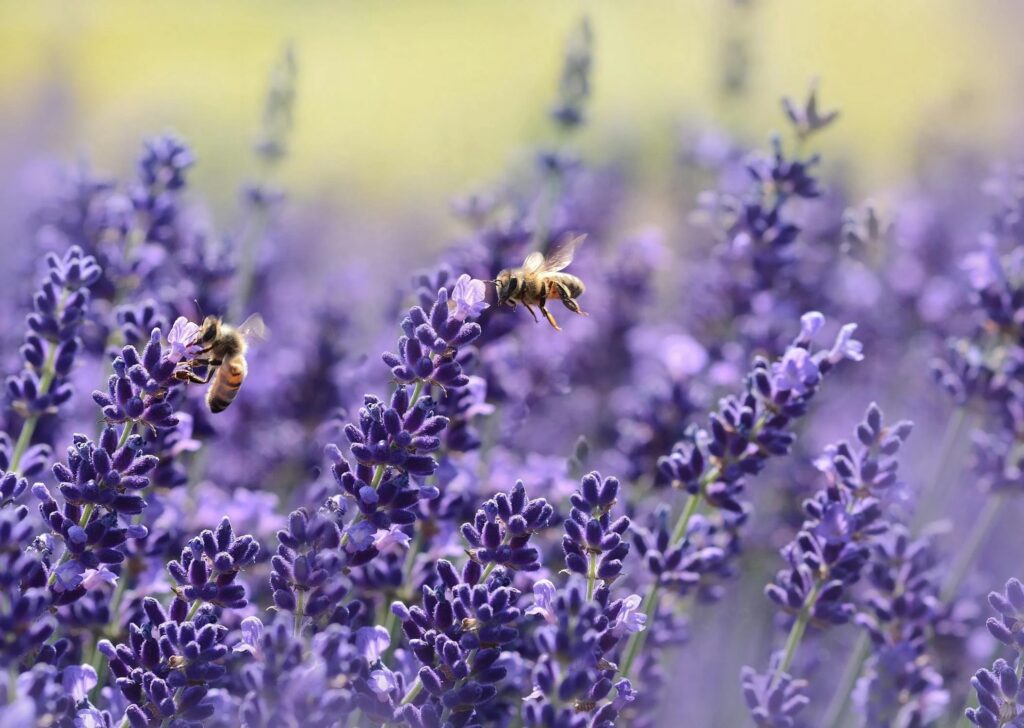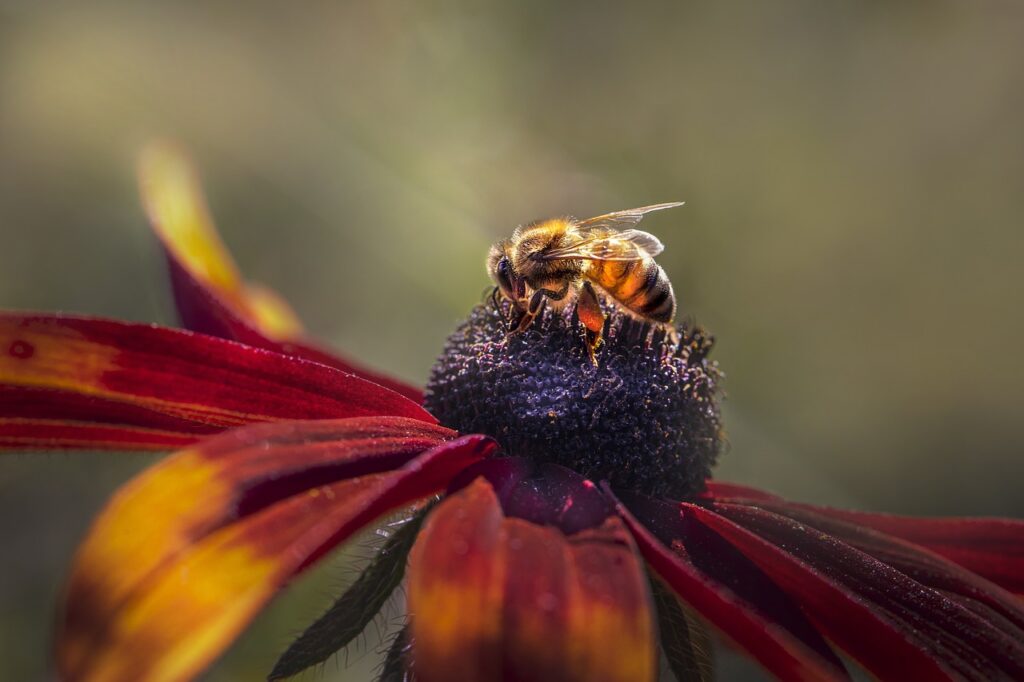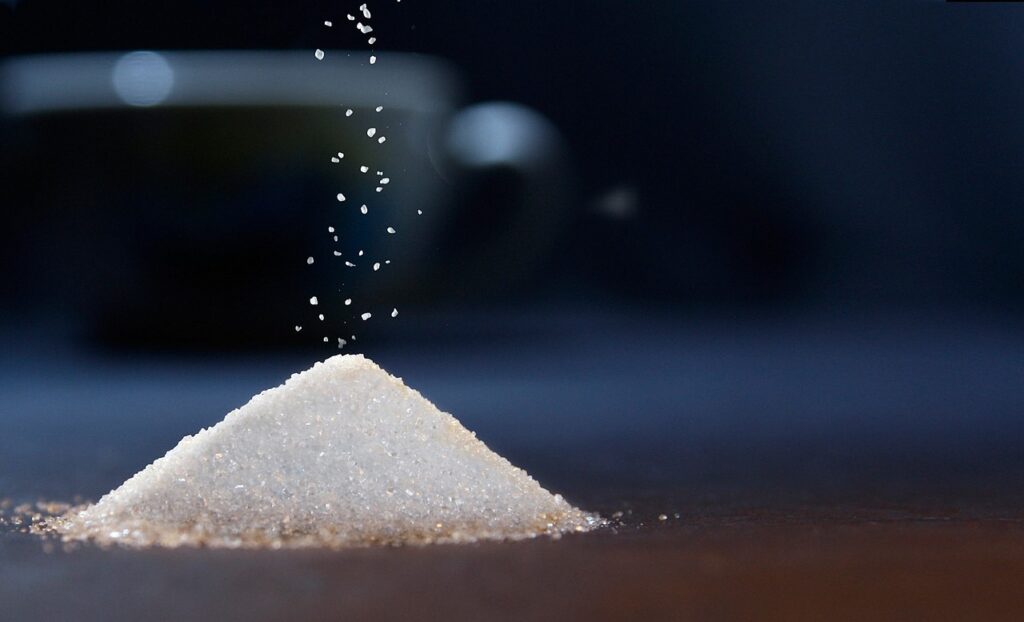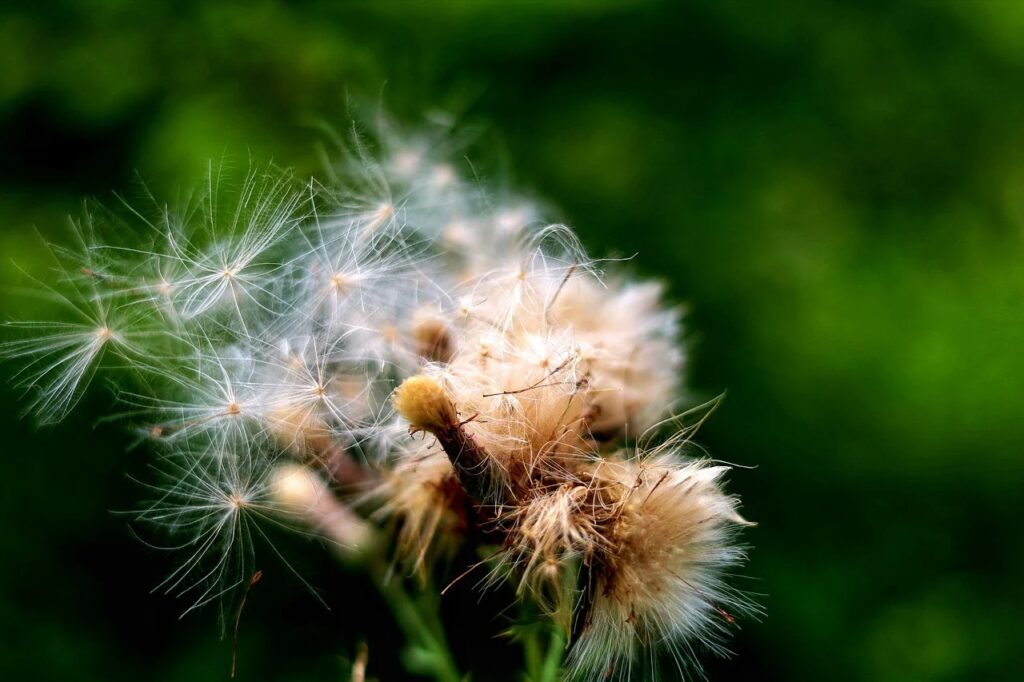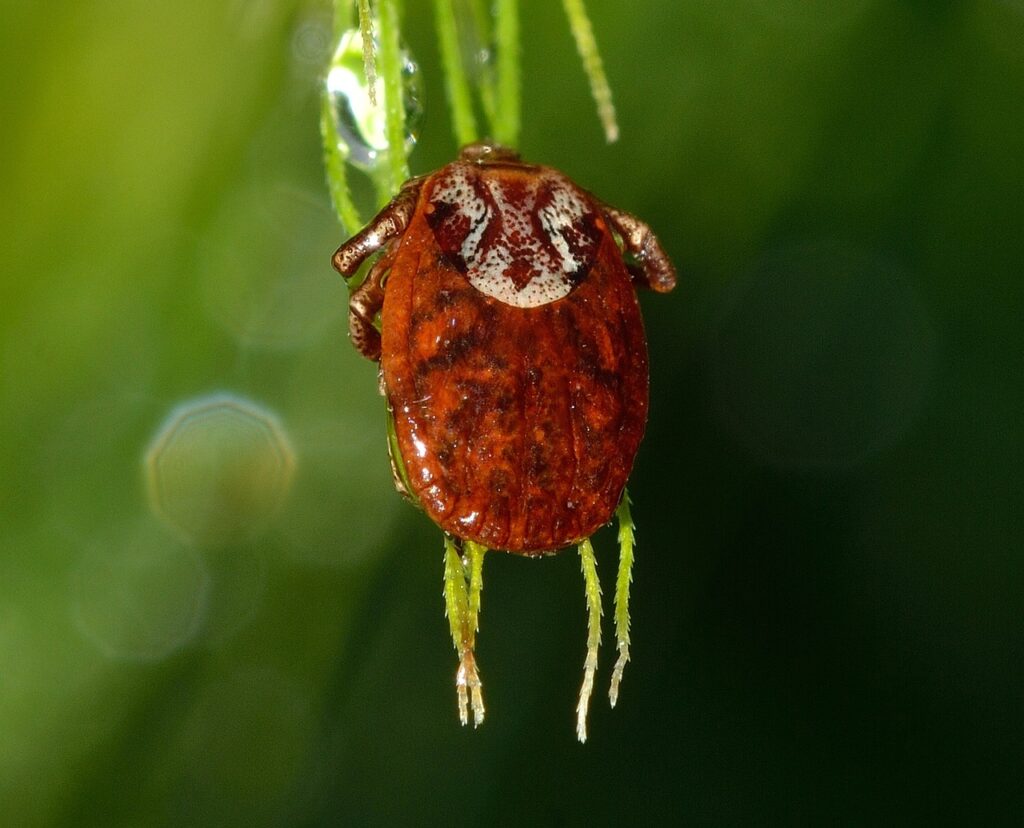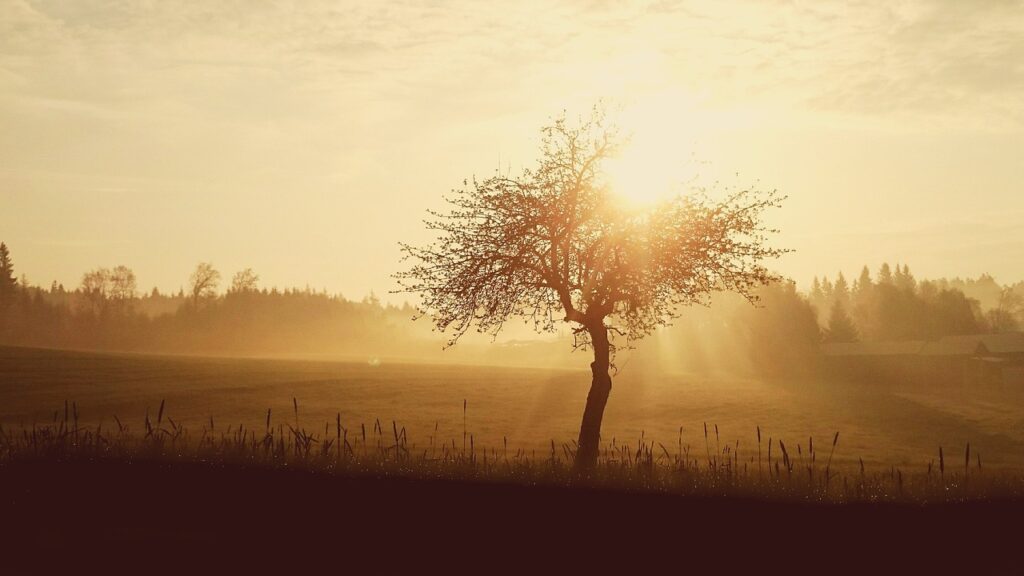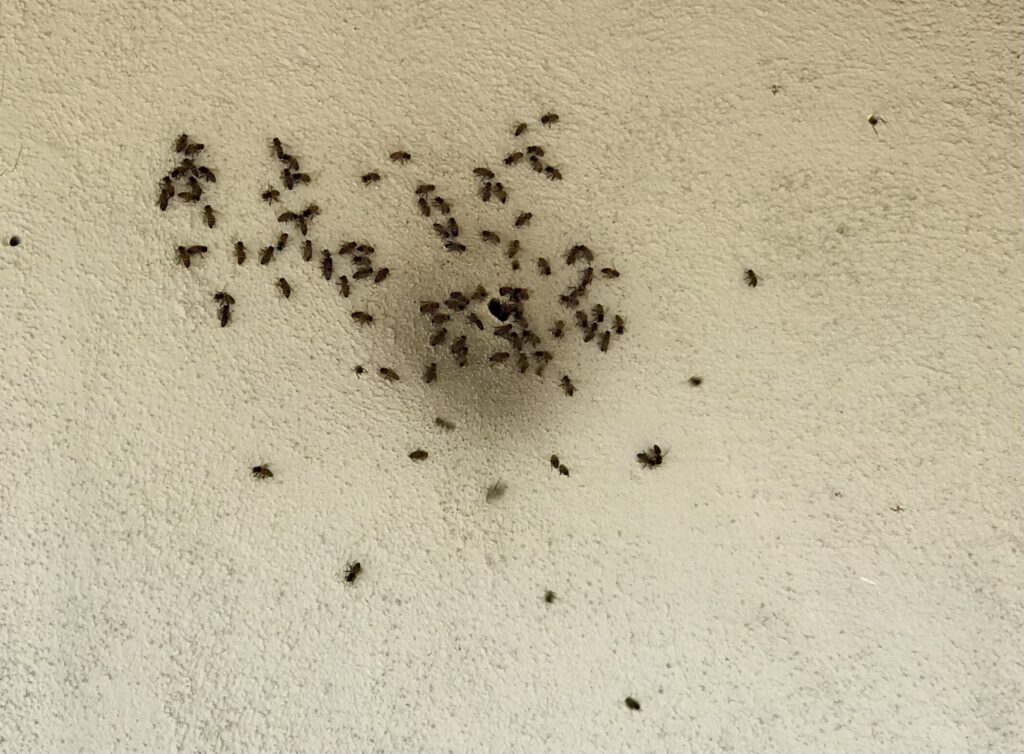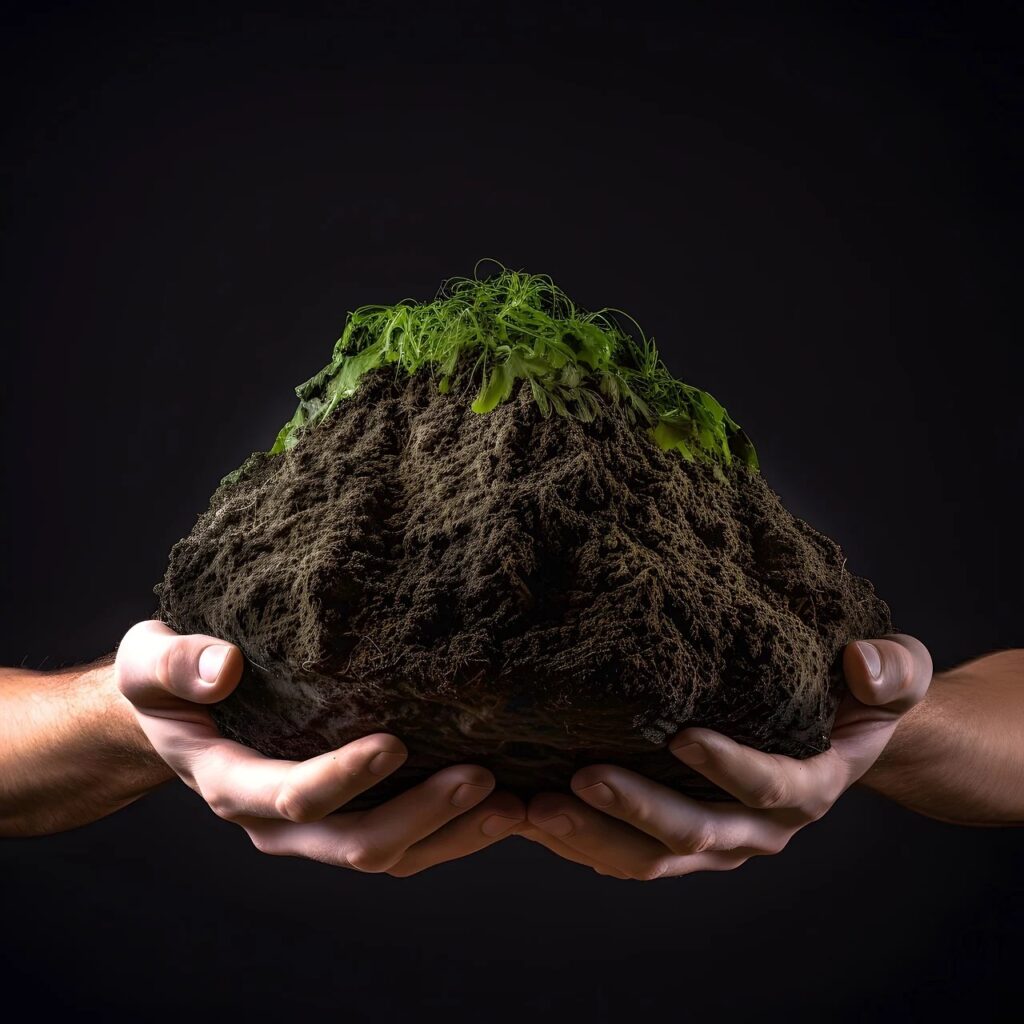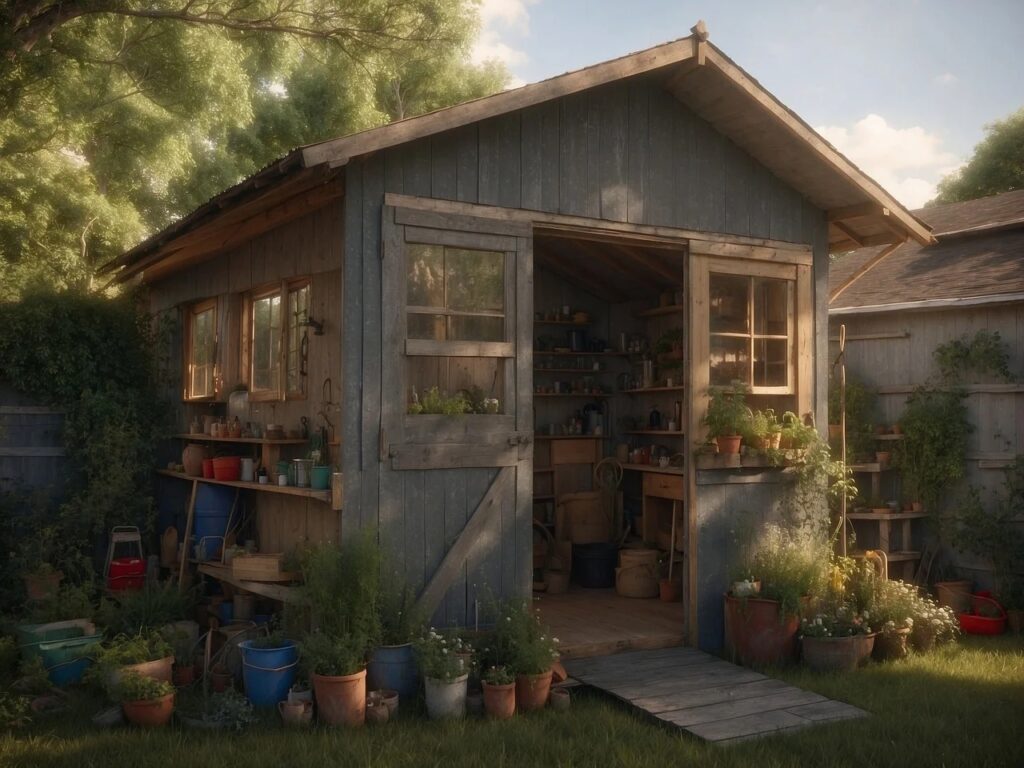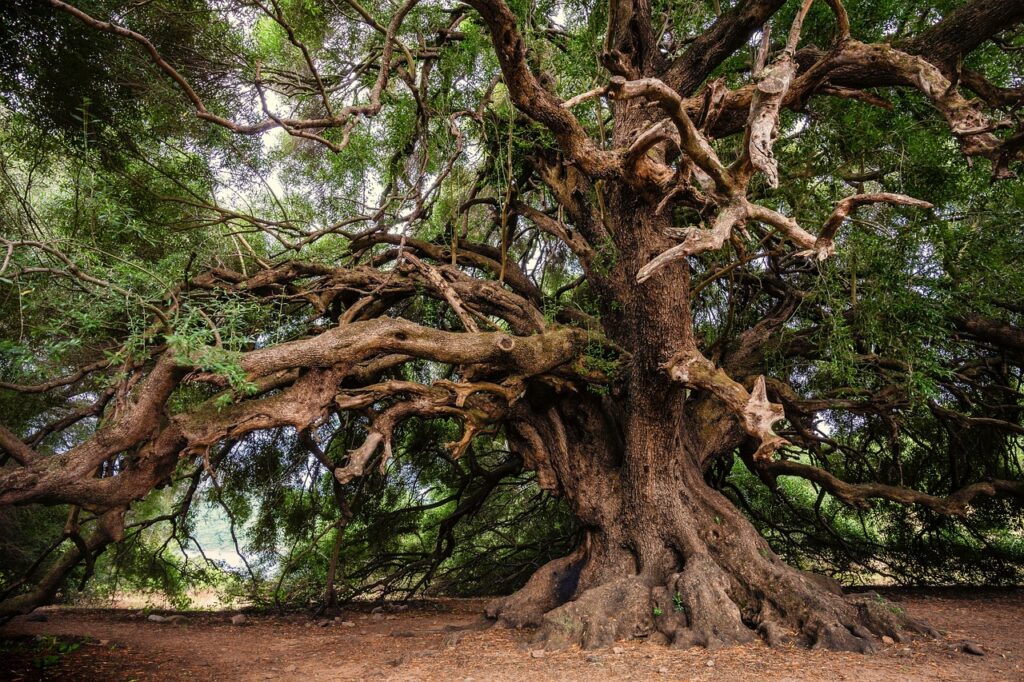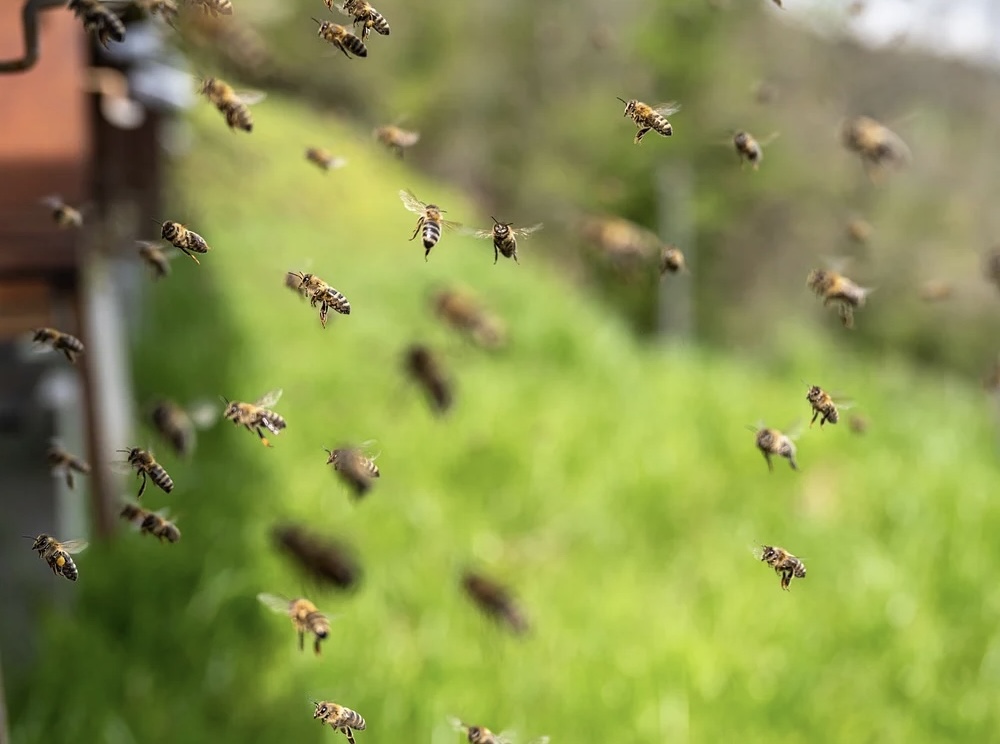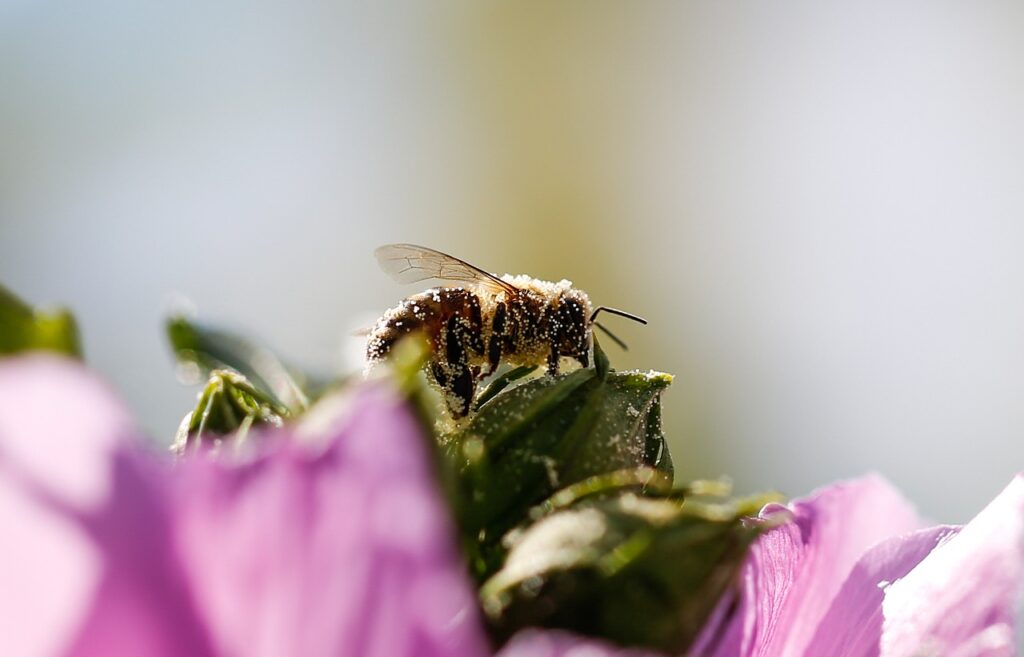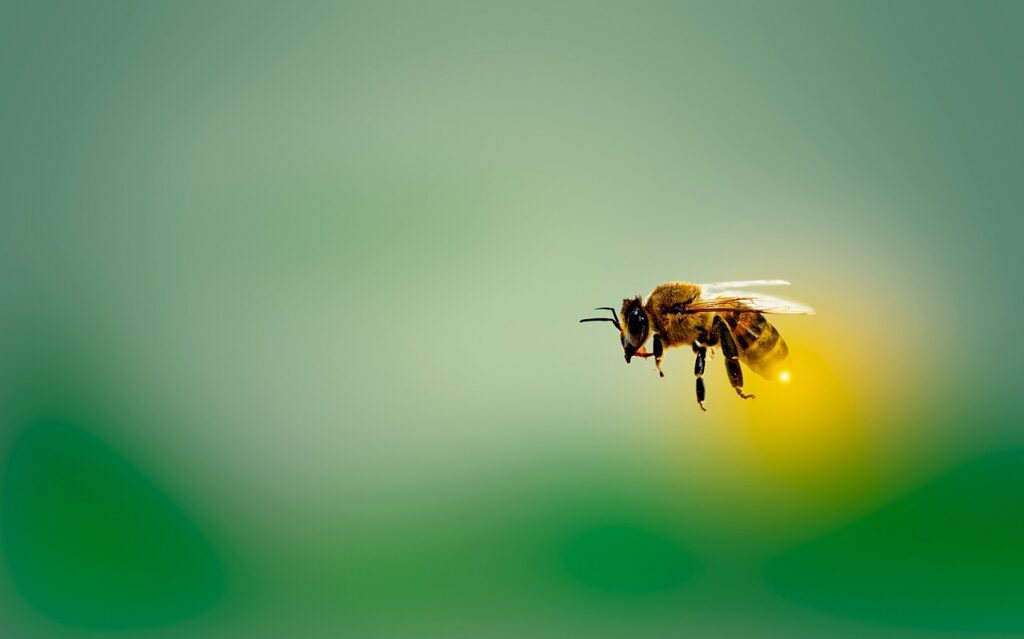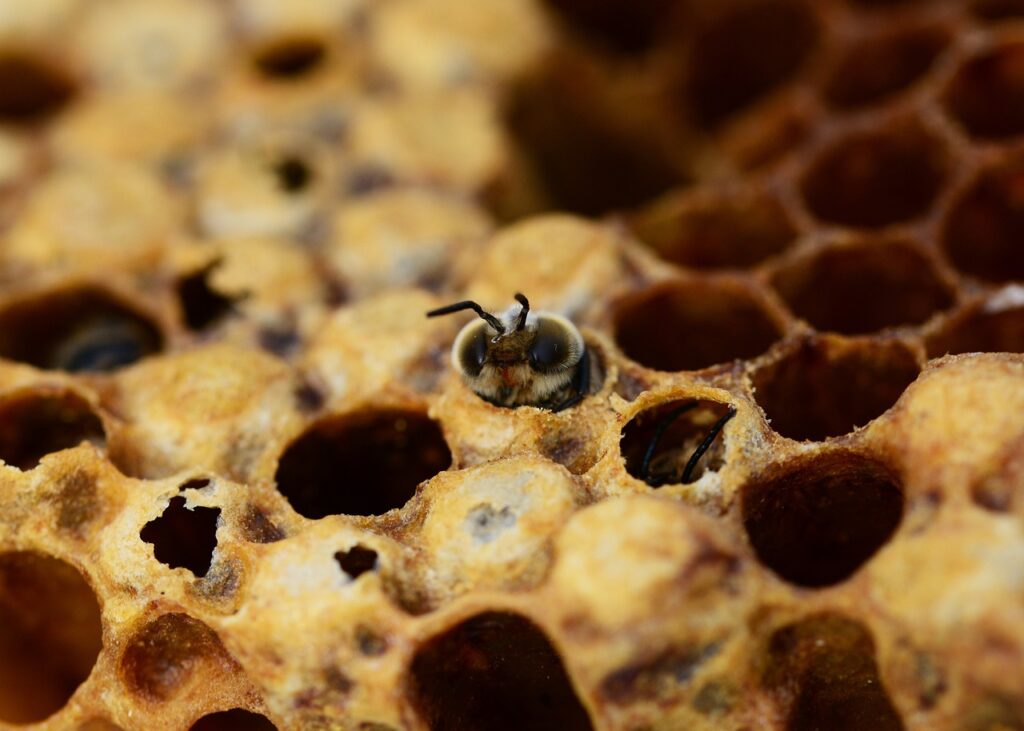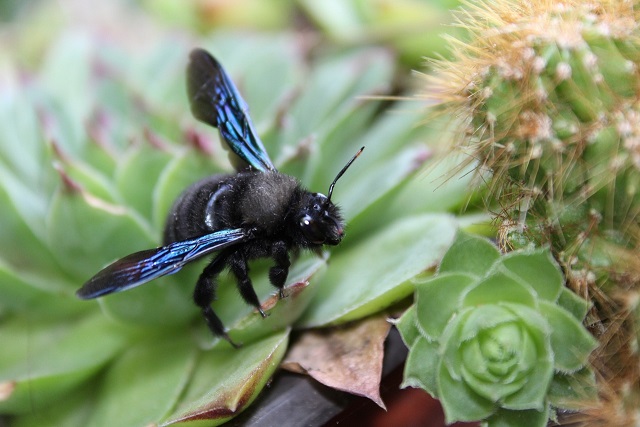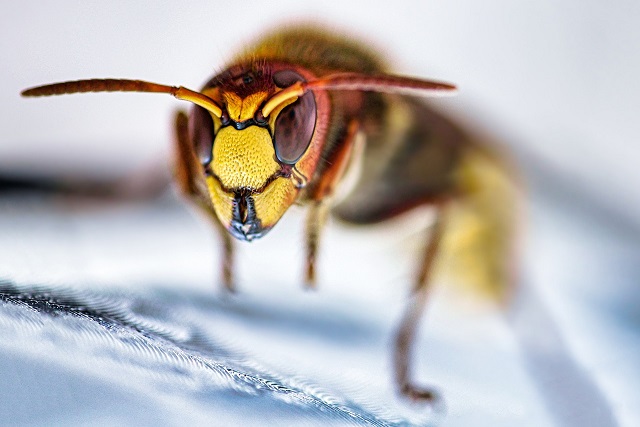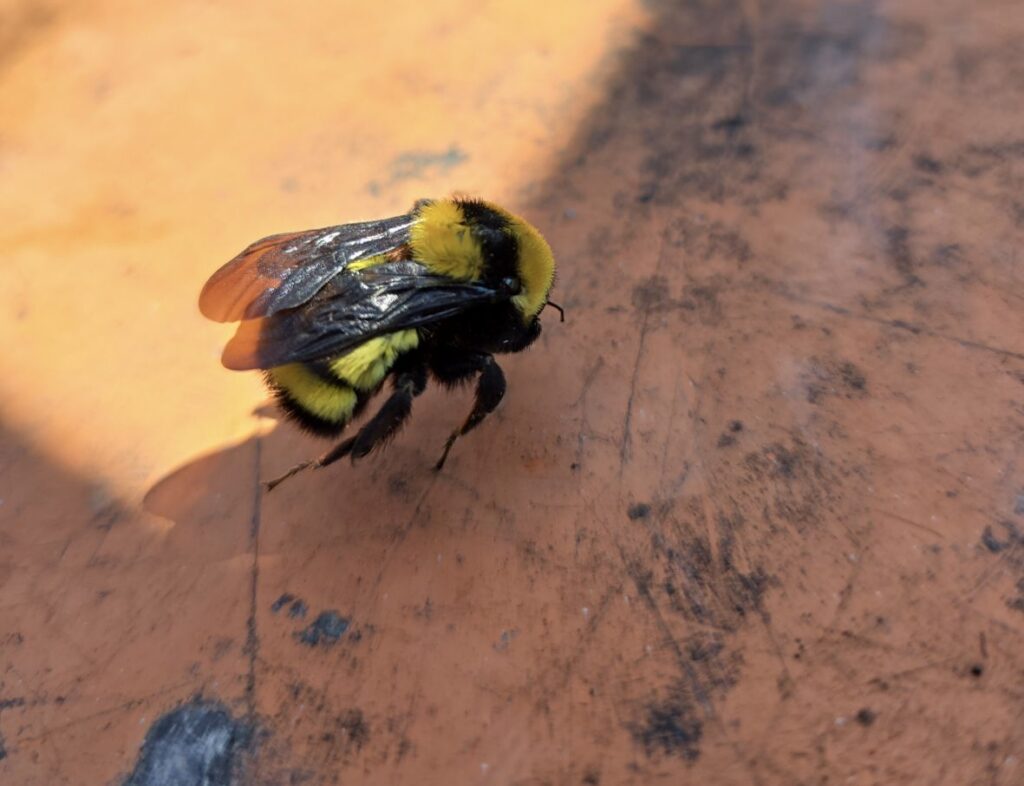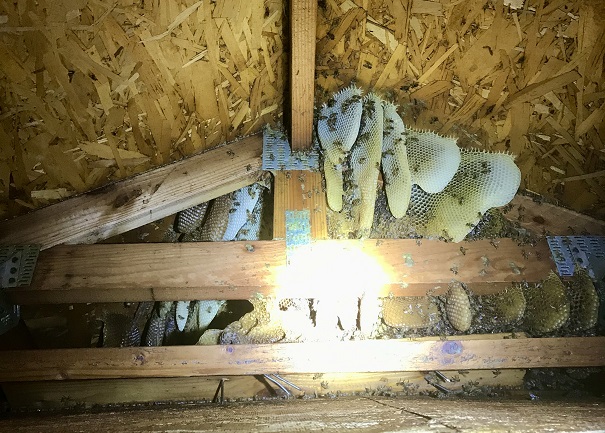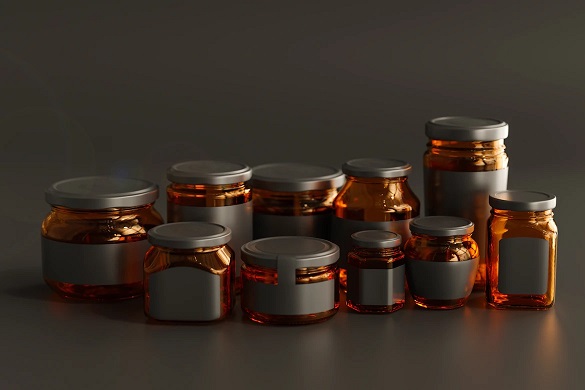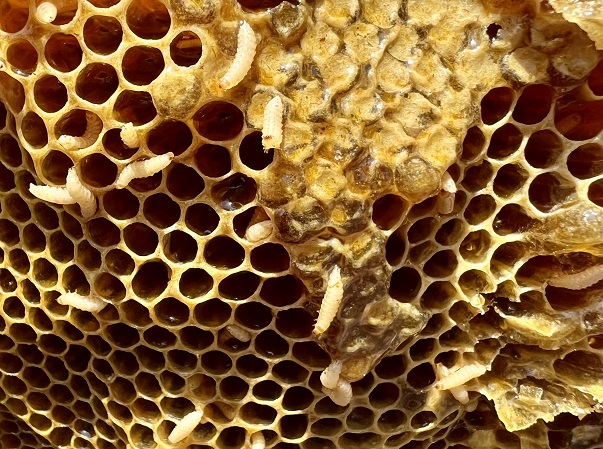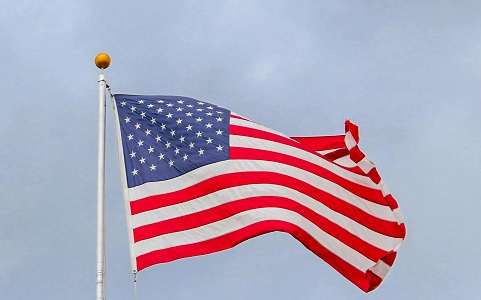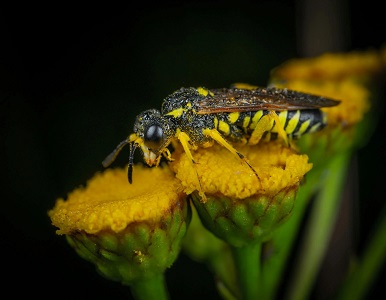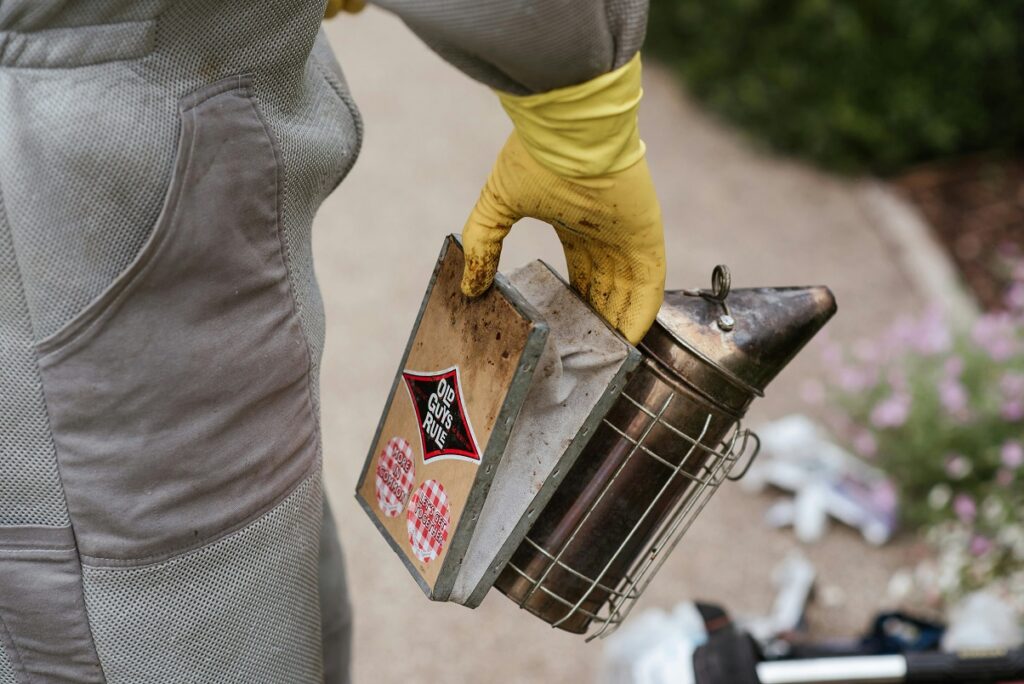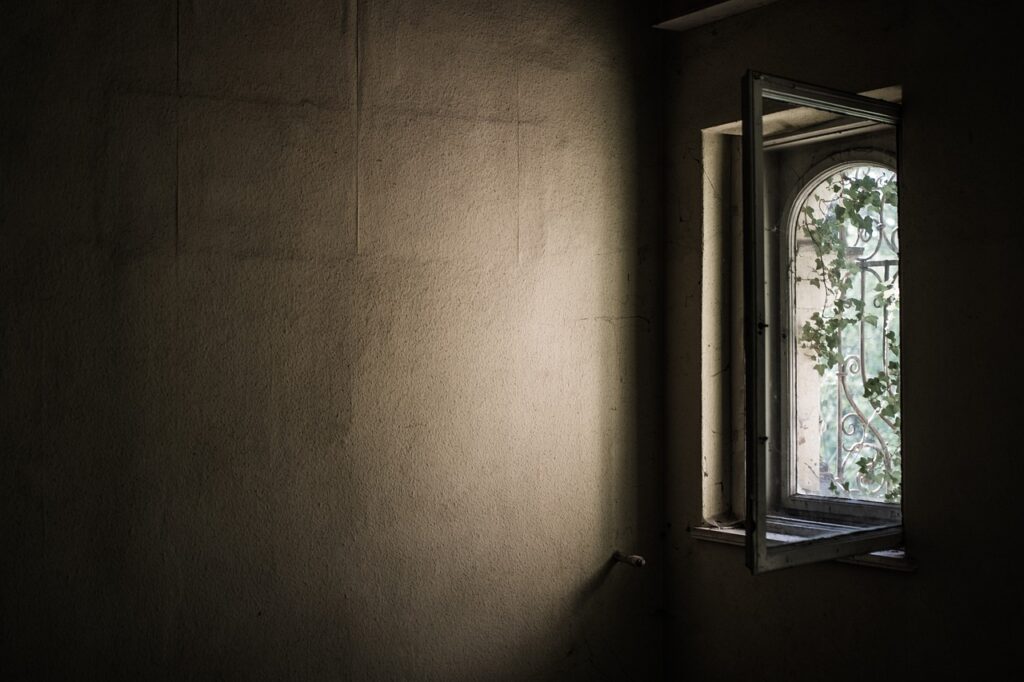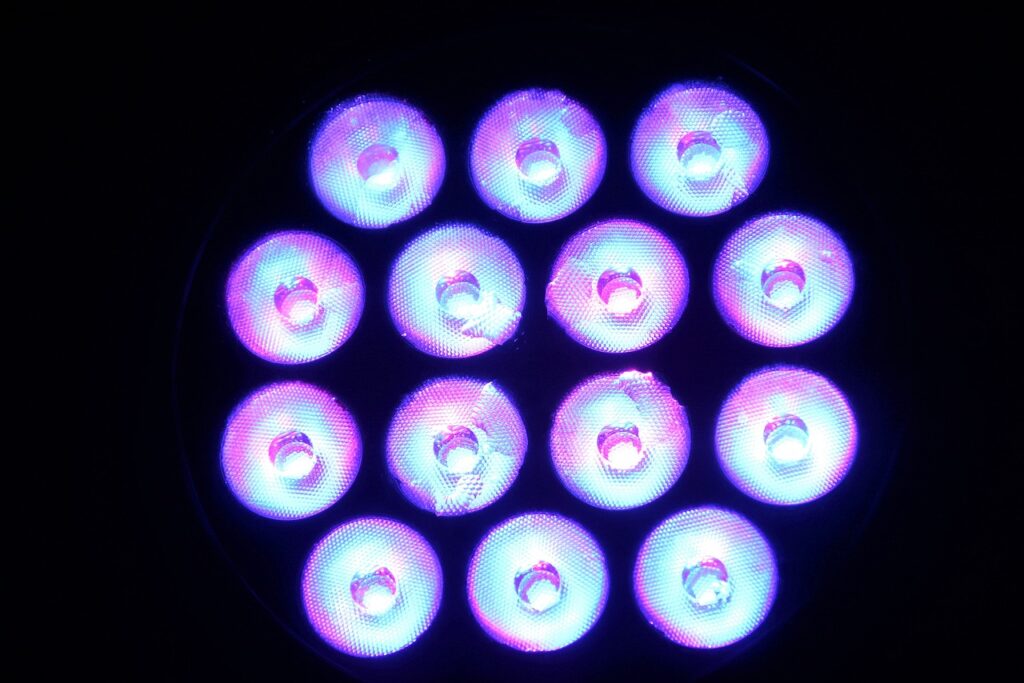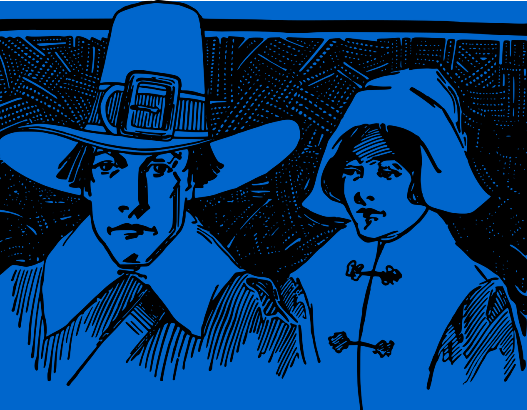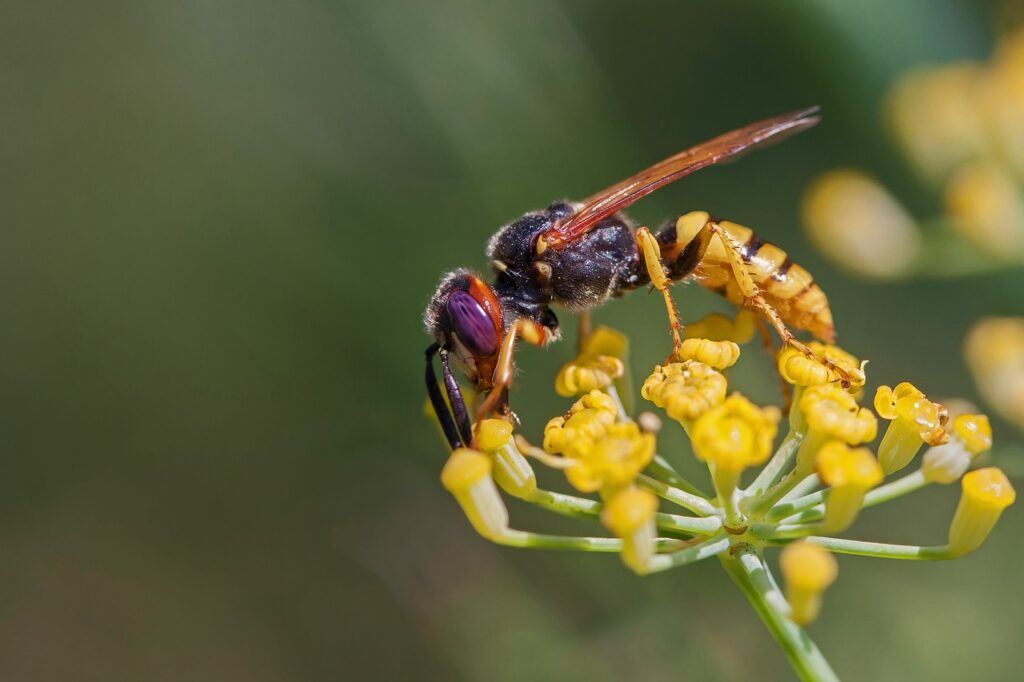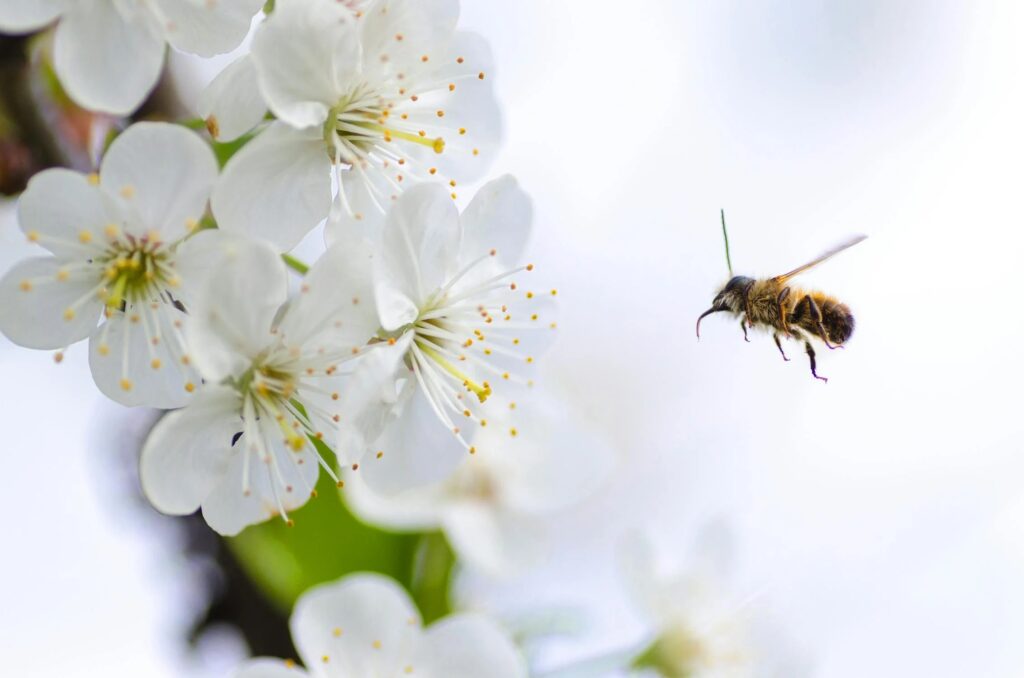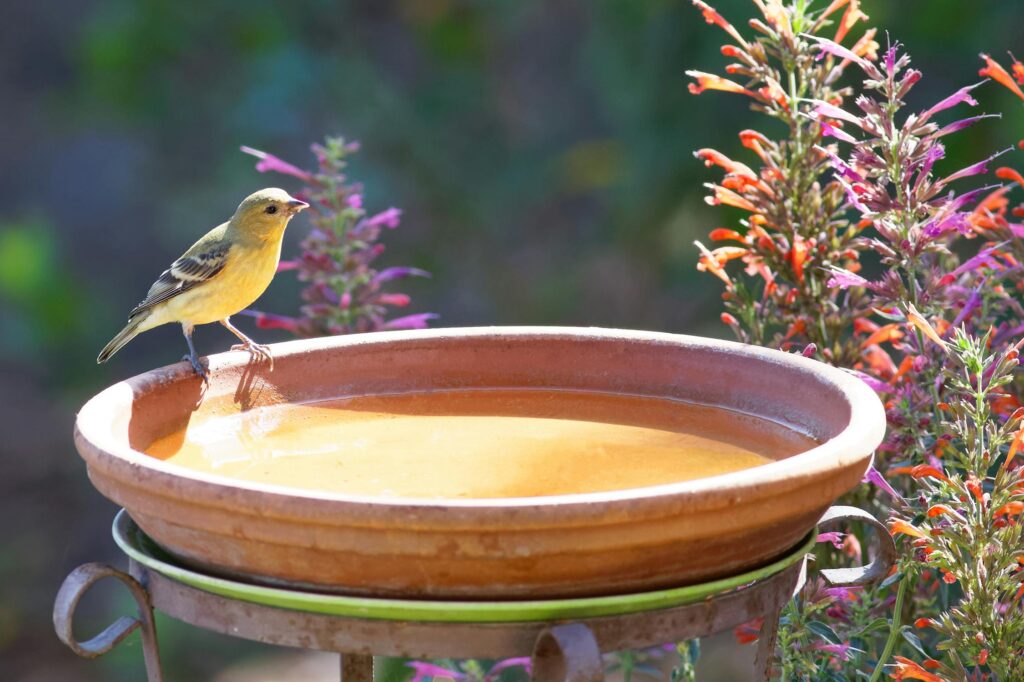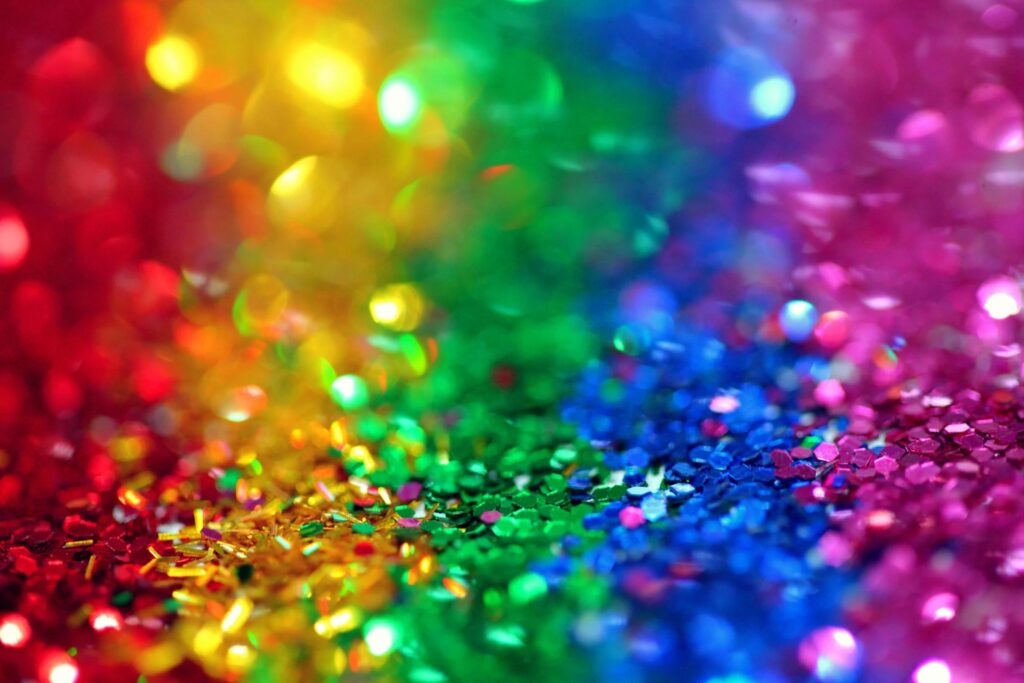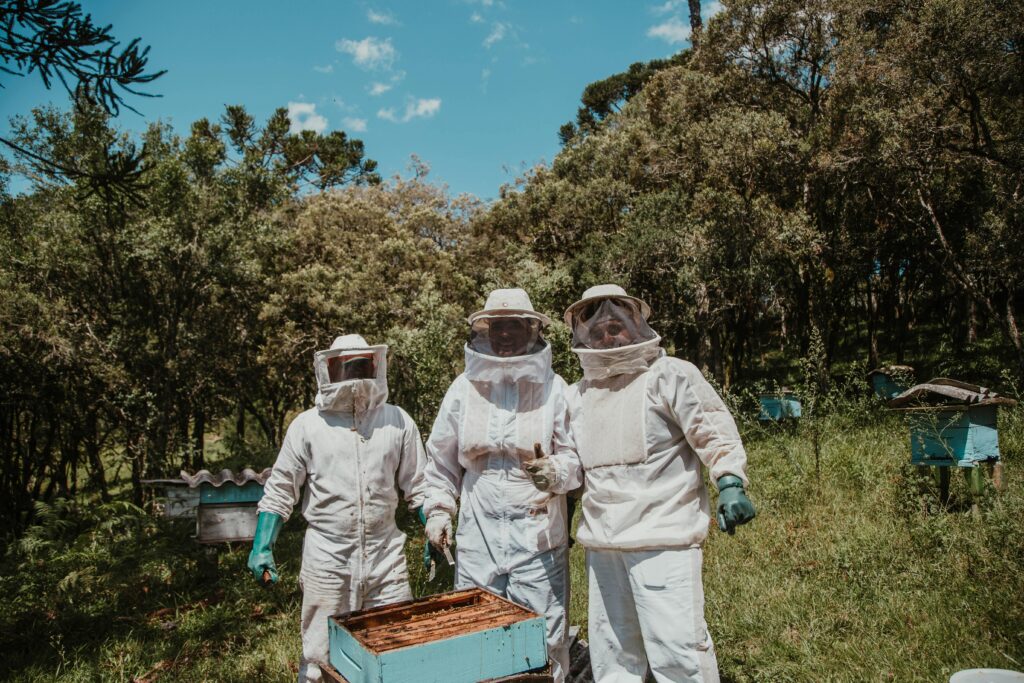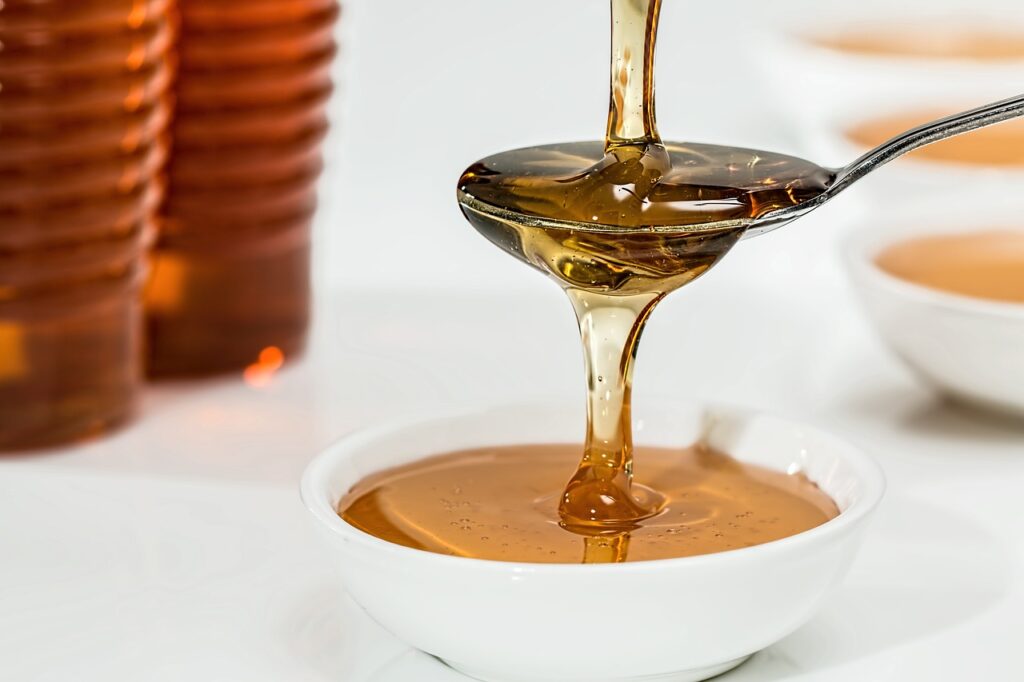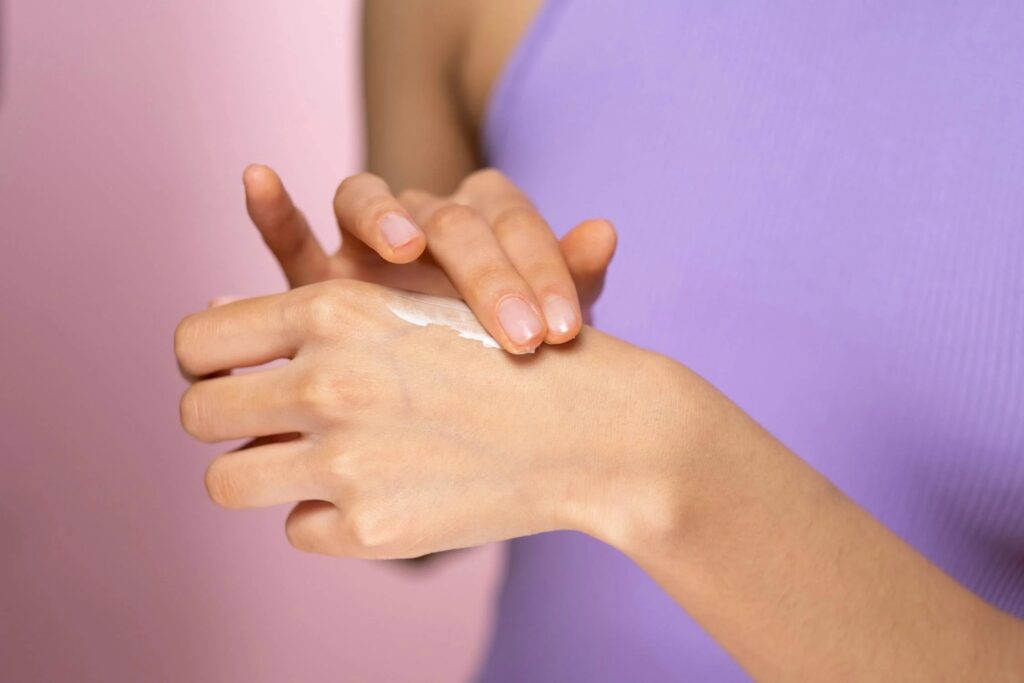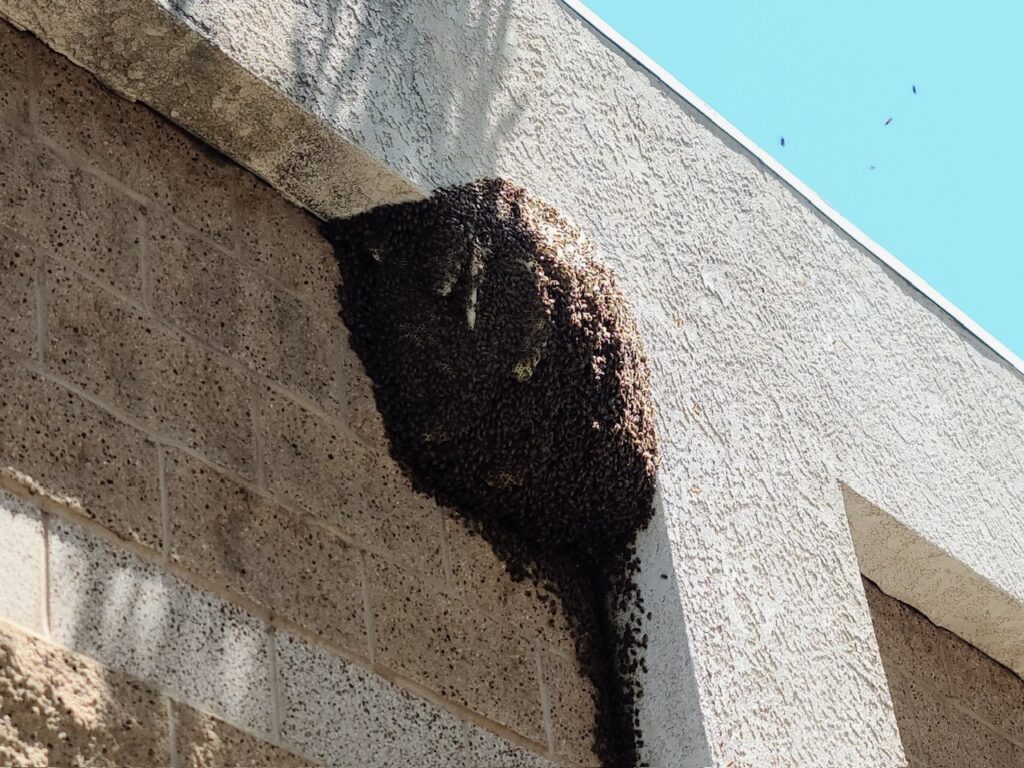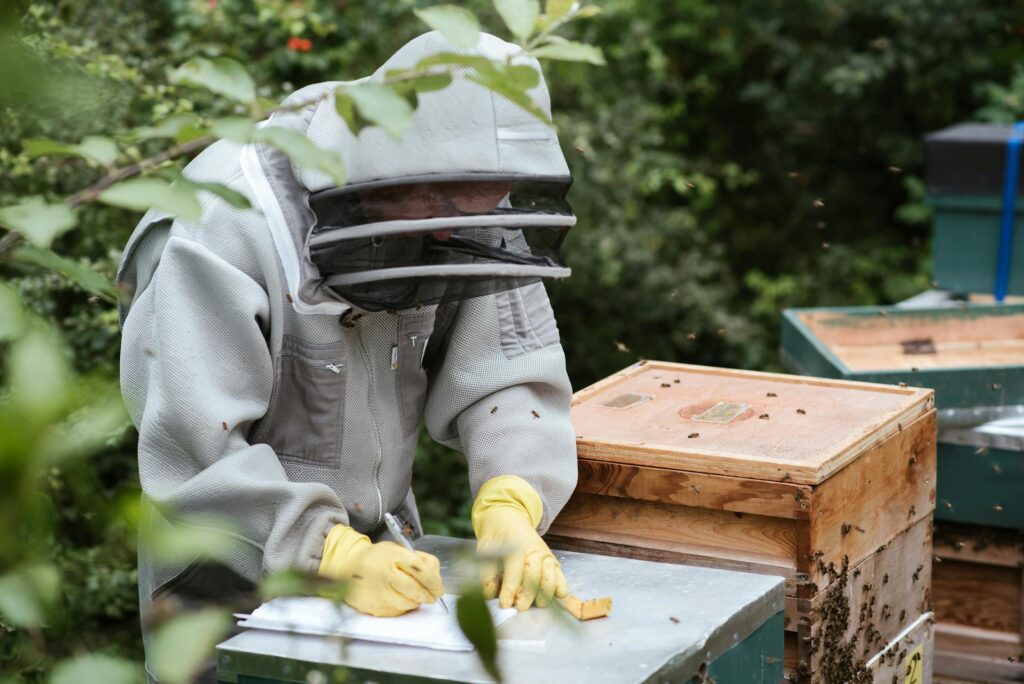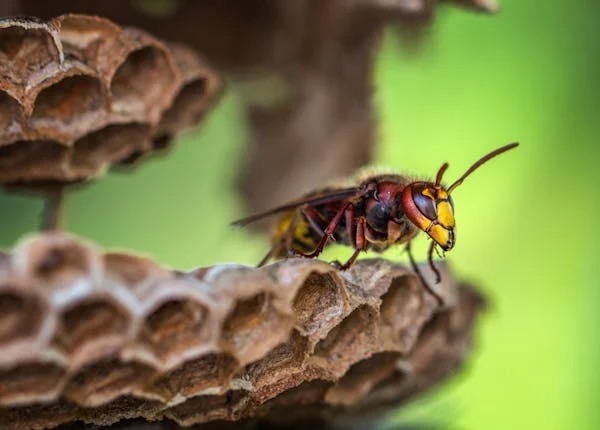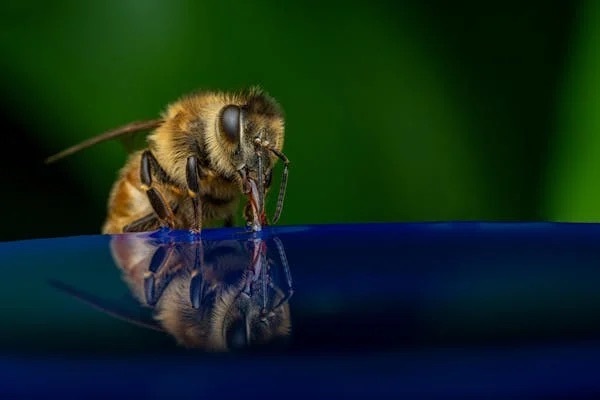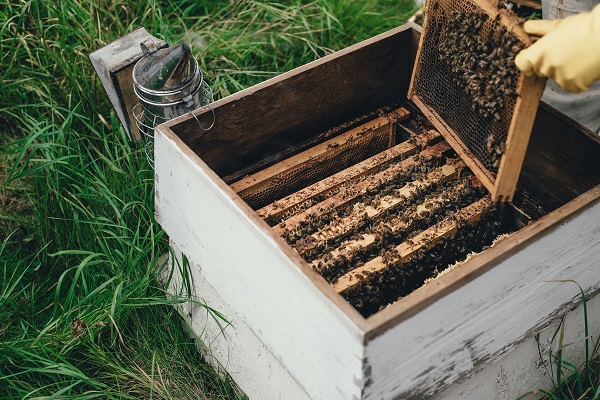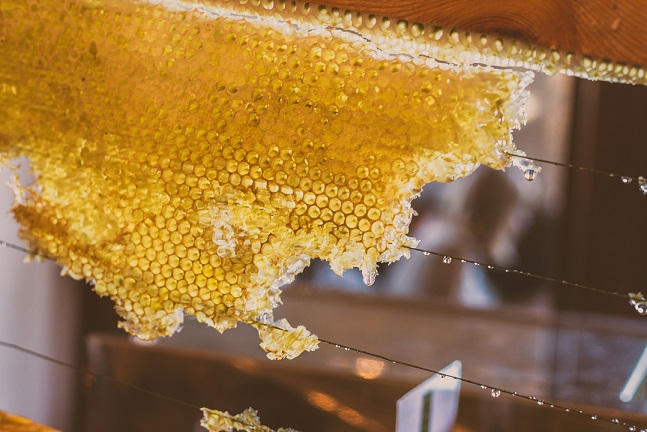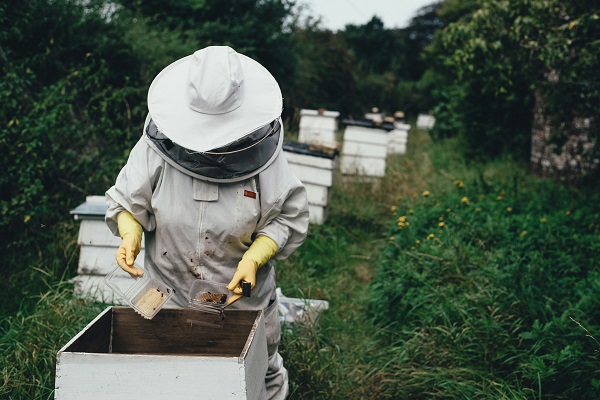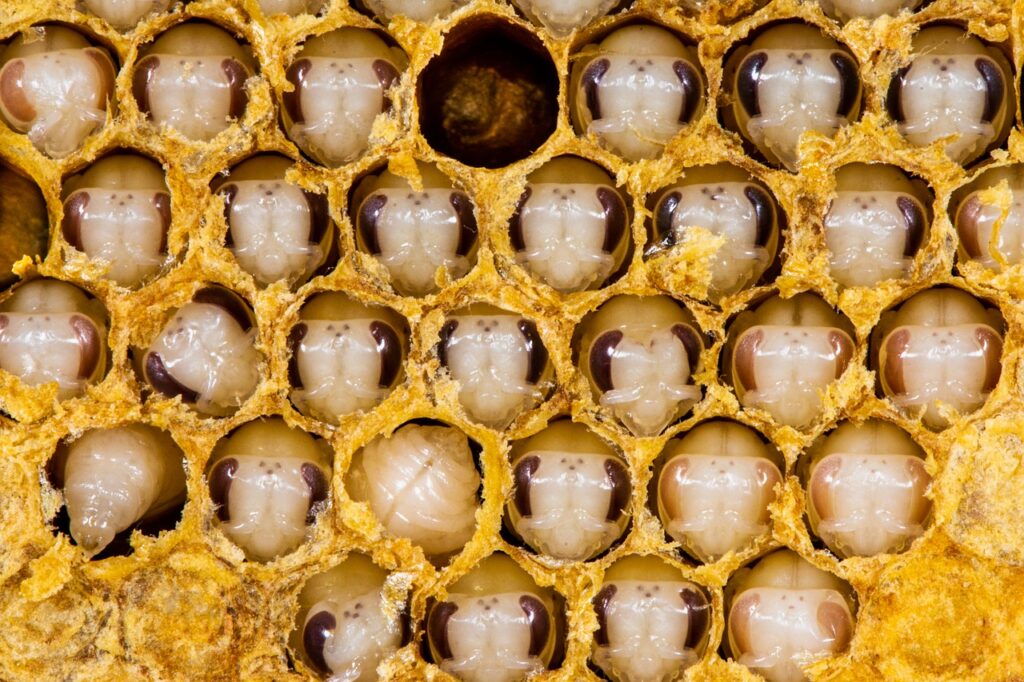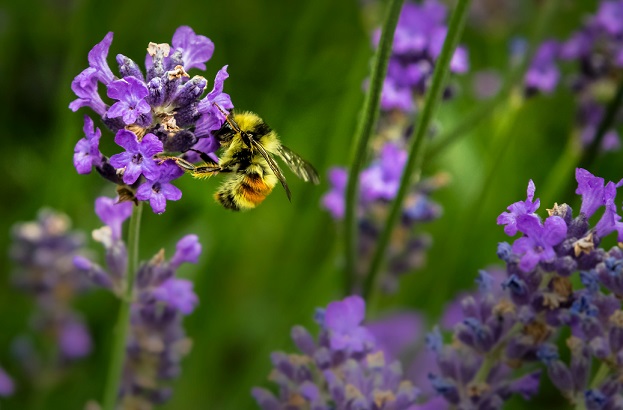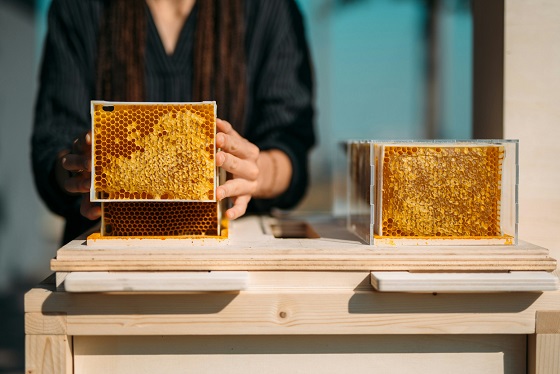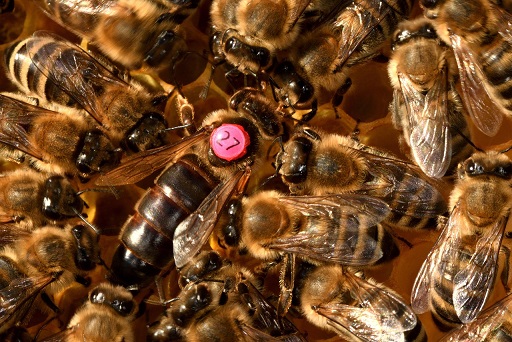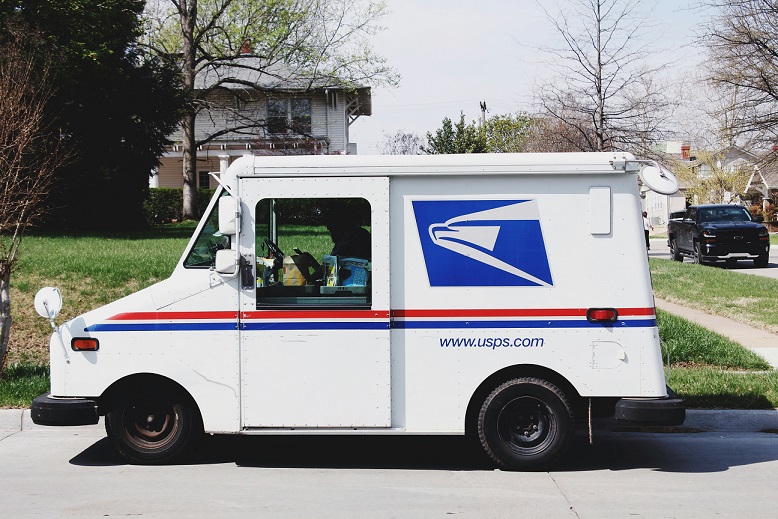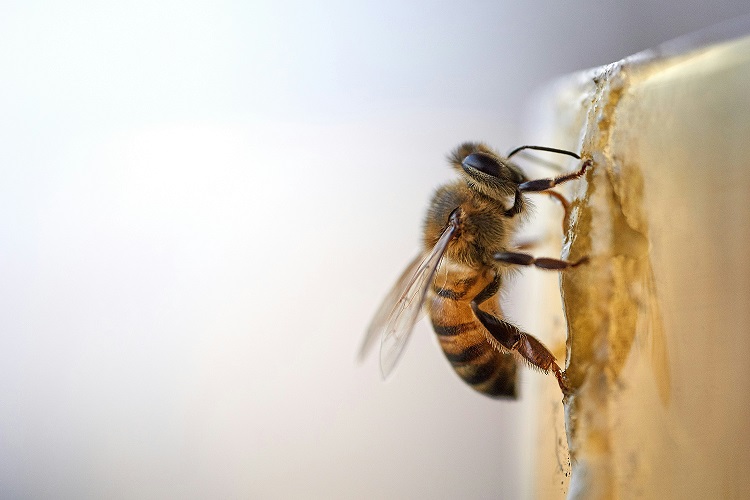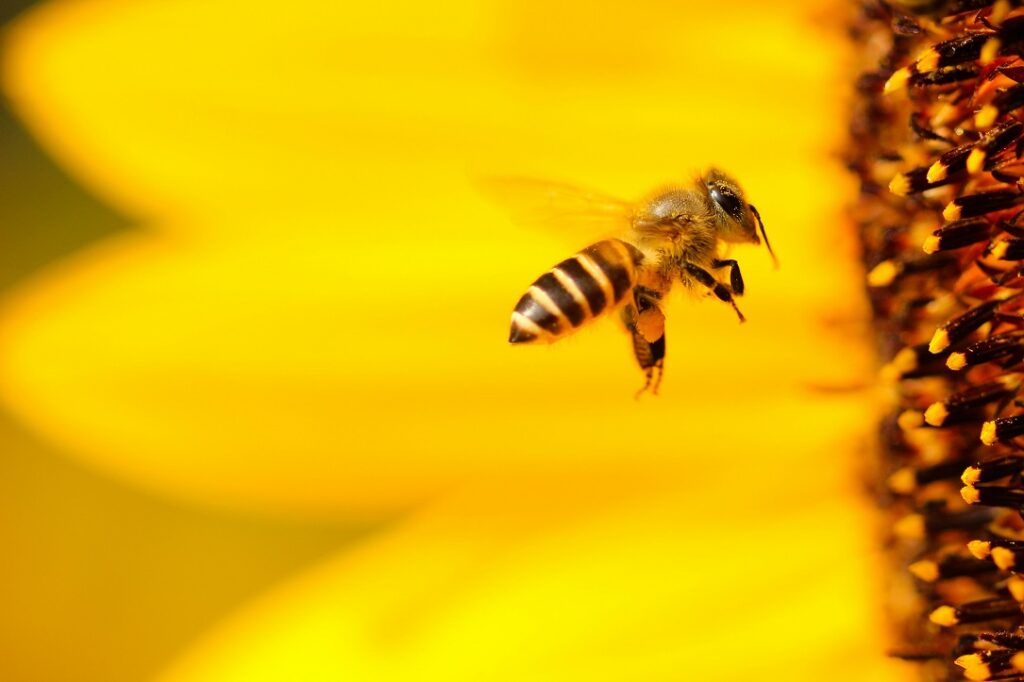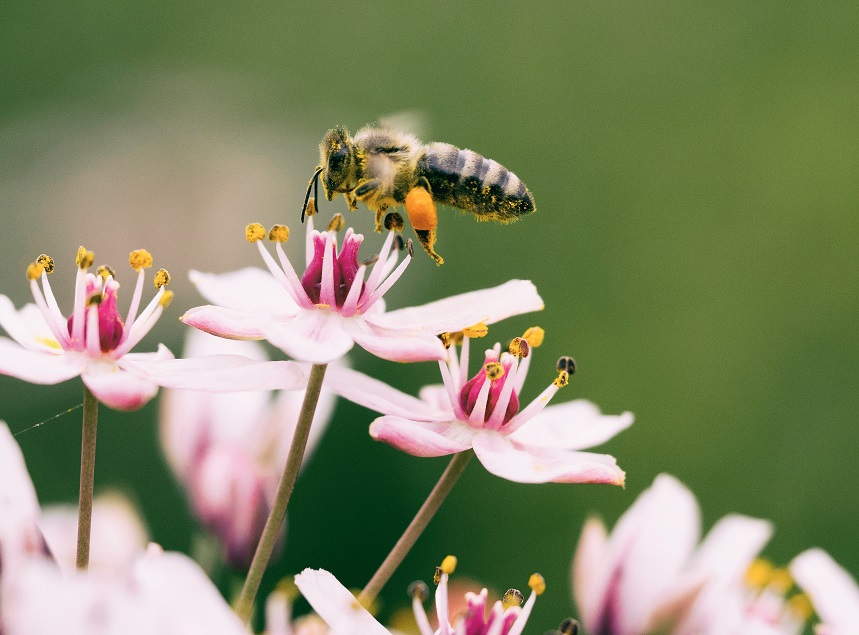Bee News
Colors
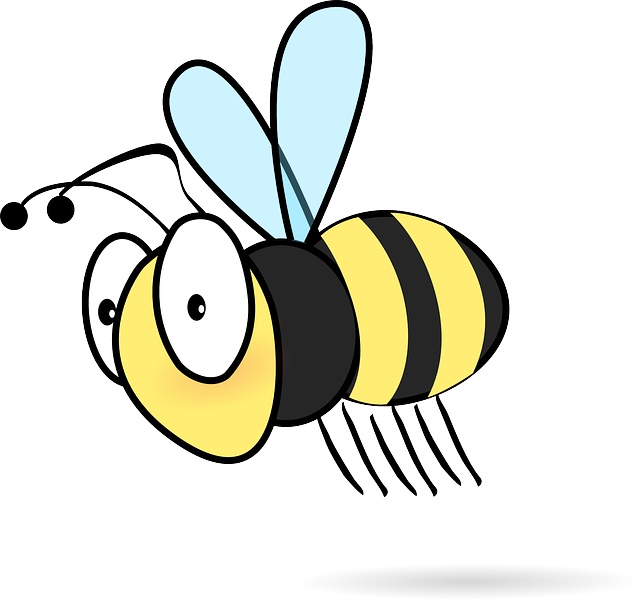


Bees are naturally attracted to certain colors more than others due to their unique vision. Understanding these preferences can be useful for gardeners, beekeepers, and anyone looking to attract (or deter) bees. Here are the colors that tend to attract bees the most:
1. Blue
Bees are particularly drawn to blue hues. Plants with blue flowers, such as lavender, bluebells, and forget-me-nots, are often very attractive to bees.
2. Purple and Violet
These colors are also highly appealing to bees. Flowers like lilacs, lavender, and asters in shades of purple or violet are excellent choices if you want to attract these pollinators.
3. Yellow
While not the top favorite, yellow flowers also attract bees. This includes blossoms like sunflowers, dandelions, and marigolds.
4. White
Bees are attracted to white flowers, especially those that bloom during the night. Examples include white daisies, jasmine, and certain types of honeysuckle.
5. UV Patterns
Bees can see ultraviolet (UV) light, which is invisible to humans. Many flowers have UV patterns on their petals, which act as nectar guides, directing bees to the nectar. These patterns are incredibly effective in attracting bees.
Colors That Bees Avoid
While bees are drawn to certain colors, there are some they tend to avoid:
– Red
Bees cannot see the color red as it appears black to them. However, flowers that are red but also have UV patterns or are rich in nectar (such as some varieties of poppies) can still attract bees.
Practical Applications
Gardening
If you wish to attract bees to your garden to promote pollination, plant flowers in blue, purple, violet, yellow, and white. These colors will draw bees in and help your garden flourish.
Beekeeping
Beekeepers often use an array of plants in the mentioned colors around their hives to create a bee-friendly environment, encouraging bees to stay close to the hive.
Avoiding Bees
If you’re looking to avoid attracting bees, you might limit the use of blue, purple, and yellow flowers in your garden or outdoor spaces. Instead, plants with red flowers, as bees see them as black, can be minimally attractive.
Understanding bee color preferences helps in creating environments conducive to bee activity or in setting up spaces where you can minimize their attraction. Whether you’re a gardener, a beekeeper, or simply looking to enjoy your outdoor space without bees, this knowledge can be incredibly useful!
